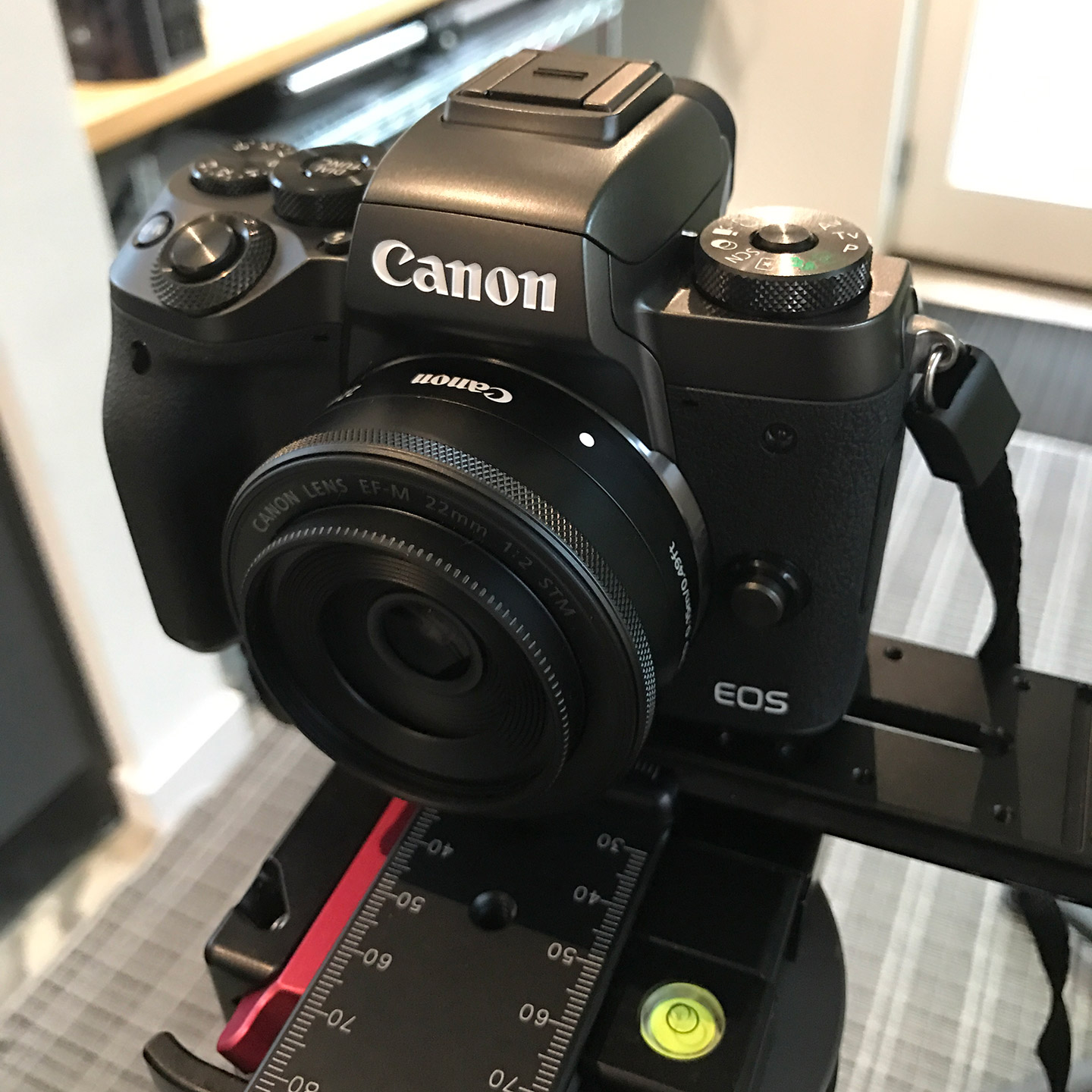
The EOS M5 is Canon’s newest mirrorless camera. It sports a 24MP APS-C CMOS sensor, an OLED electronic viewfinder, and a tilting rear touchscreen. It has a small stable of lenses dedicated to it, Canon’s EF-M line, but it can mount any Canon EF or EF-S lens through the use of Canon’s EF-EOS M Mount Adapter.
The lens adaptability of the M5 caught my eye but so did many of its other features. It is small and compact, it has a proven sensor (same as in the Canon 80D), and it has Canon’s incredible dual-pixel autofocus. The video on it caps out at 1080P @ 60P but the camera offers the same video settings and customization as Canon’s DSLRs. This includes control over the picture profile and sharpness, contrast, tone, and saturation. This puts the M5 a notch above all of Canon’s point and shoot cameras. With the M5 you are getting the best of Canon’s 1080p video in an interchangeable body the size of one of Canon’s larger PowerShot cameras.

My hopes for the M5 are that it could potentially be used for b-roll video, flying under radar because of its small size, as part of an extremely small lightweight kit, or as part of a small gimbal setup. I also hope it will fill a niche as a stills camera for personal use; small enough to have around all the time and good enough that its images do not feel like a compromise.
M5 Video
I really like the video on the M5. Yes, it’s 1080p in a 4K world but all of my client deliverables are still 1080. The 1080 on it is also very good. That’s important to note because there are cameras which shoot 4K well but give short shrift to 1080. There are also cameras which shoot 4K to SD cards and while that works they often have to give something up in the process to make it happen. The 4K data rate or the bit depth or both get lowered and the resulting 4K is functional but not stellar.
Here’s a comparison between the M5, the Canon 1DX Mark II in both 1080p native and 4k in a 1080 timeline, along with a Canon C300 shooting Wide DR and C-log.
In the beginning of the video you’ll see about 5 seconds of each sample, a split screen comparison of all of them, and then the same with some post-production tweaks as noted.
The same lens was used for each camera, a Canon EF 24m f/1.4L II. The 1DX Mark II 1080 native clip has a wider field of view because that camera shoots full-frame 35mm 1080 (less the crop top and bottom for the 16:9 format).
The M5 and the 1DX Mark II were set to Camera Profile: Neutral with Sharpness all the way down, and Contrast at -4.
Looking at the test the C300 wins on dynamic range and resolution. That is as expected but the M5’s 1080 beats 1DX Mark II’s native 1080 by a lot. The 1DX Mark II’s 1080 is soft and mushy. The M5 also beats the 1080 found in Canon’s point and shoots like the G3 X, not seen in the test above. I owned one for a while in 2015/2016 ( Caesar Gets a Canon G3 X and Niagara). Similar in size but with a smaller, 1″ chip, the G3 X is great for what it is but it can’t compete with the M5’s overall image quality or its feature set.
It’s interesting to see the aliasing on the cabinet in the lower right of the frame. It’s present in the original M5 and C300 footage but barely noticeable. Exporting it to a compressed file and then it getting recompressed by Vimeo’s codec has increased it significantly. The 1DX Mark II’s 4K clip is the only one where the aliasing was not present from the start.
As a video camera the M5 is a lot of fun to use. I picked one up in mid-December along with a couple of EF-M lenses and Canon’s EF-EOS M Mount Adapter. I didn’t have a project lined up for testing the camera but over the holidays I did the next best thing. I subjected my extended family to it, using it to document the twenty-four hours everyone was together over Christmas.
The Game of Life was shot on M5 handheld with two Canon EF-M lenses, the 22mm f/2 STM and the 15-45mm f/3.5-6.3 IS STM. It is available light. The M5 was set to Camera Profile Neutral, Sharpness at 0, Contrast at -4, and Saturation and Color Tone at 0.
Dual-Pixel Autofocus was used exclusively and I controlled it via the camera’s touchscreen. In some cases I used the Smooth Zone AF setting, in others the Face Detection + Tracking mode. The former focuses within a designated zone, the latter can ID and track a face or track a point you select.
The EF-M 22mm f/2 STM lens is a tiny pancake lens. The EF-M 15-45mm f/3.5-6.3 IS STM is slightly larger, plastic barreled, kit lens sold with the M5. It has lens based optical image stabilization as its name indicates.
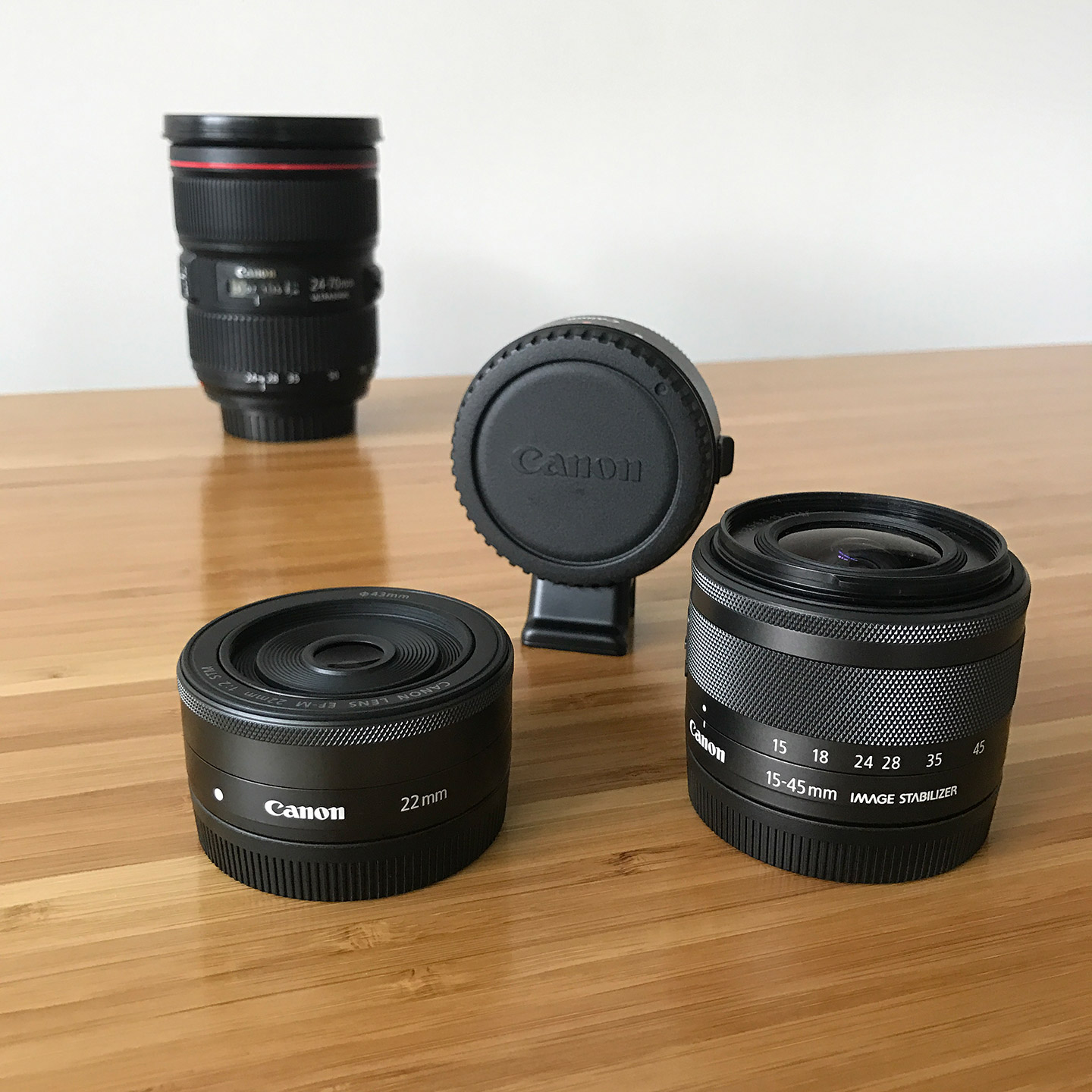
The M5 has its own in-body image stabilization, a first for Canon. It is software based and it works only when the camera is in video mode. There are three settings for it: Disabled (off), Enabled, and Enhanced. Like NLE based image stabilization it averages out the framing during a clip and smooths the footage by eliminating the excess. This leads to cropping the image a bit and then enlarging it to refill the frame. In the process the image loses some sharpness.
Enabled IS in the M5 works sufficiently well but it’s not significantly different from stabilization added in post. The benefit of adding stabilization in post versus software based stabilization in-camera is that it allows you to finesse the settings to your taste. It’s a level of control not possible in the camera.
I do not recommend using the M5’s stronger image stabilization mode, Enhanced IS. It crops in significantly and softens the image too much. So much so that you cannot recover the lost sharpness in post.
Given the lack of control in the M5’s image stabilization and given that I would be doing post production on the clips in the film, I opted to leave the M5’s IS turned off. I used the software based stabilization in my NLE instead. That said, any clips in the film shot with the EF-M 15-45mm lens take advantage of its optical stabilization. Some of the clips shot in the film were stabilized in post in FCP X.
Software based stabilization, in the camera or in a NLE, should not be confused with physical ways of stabilizing a camera’s image. These include lens based optical stabilization, in body image stabilization, and external devices such as gimbals or Steadicams. They will always be better than software based applications.
Audio was recorded with the camera’s built-in stereo microphones set to Auto. The M5 has Wind Filter and Attenuator settings. They were on Auto as well. I did clean up the audio a little in post, editing out a couple of stronger wind issues and running most of the audio through Izotope’s RX 5 De-noise or Dialogue De-noise plugins.
Overall, I would describe my grading work on The Game of Life as light. The color is out of the camera for the most part. Outside I shot with the M5 set to Daylight White Balance. Inside was a mix of Daylight and Auto WB. I used no power windows. I lifted the shadows some on the clips shot inside and I lowered them, as needed, on the clips shot outside. No sharpening was added in post.
Here’s a second version of the film showing the settings for each clip: the lens, the ISO, the shutter speed and aperture, the AF mode, and if NLE based image stabilization was used.
The M5, like the Canon 1DX Mark II, has great color right out of the camera. The 1080 resolution on it is very good, exceeding that of the native 1080 on the 1DX Mark II. One negative with the M5 is that clipped highlights can look harsh. There is no highlight headroom at all. But at the same time gradients, like in areas of the sky, are well controlled and show no banding in the original footage.
Shadow recovery looks to be about ⅔ of a stop before noise kicks in. Of the two EF-M lenses I tried, the 15-45mm f/3.5-6.3 IS STM lens focuses quickly and silently. The 22mm f/2 STM is noisy and noticeably slower when racking or tracking focus.
I do not own any smaller ND filters or a step-down ring to fit either of my two EF-M lenses. They have filter threads of 49mm and 43mm. I rode the aperture in the film to keep the shutter at 1/50 for the exterior shots. Despite those clips being f/8 – f/14 they hold up well and the lens does not appear to be losing too much sharpness to diffraction.
Where does the M5 fit within Canon’s line up and what about in relation to other manufacturers? Most will agree that the M5 brings Canon up to speed in mirrorless with a body which should have been available from the start of their M series line. Other than not having 4K and not having IBIS (In Body Image Stabilization found on some Sony cameras and the future Panasonic Gh5) it is a very capable camera.
For me it’s a great fit. I already own a 1DX Mark II which shoots stellar 4K. I also own Canon C300s and they see the most use on my commercial video projects. As I mentioned up top, 4K is not quite on the radar for my client deliverables which I produce, shoot, and edit. For projects where I am handing off footage straight from the camera there is a small need for 4K but I can handle it with my 1DX Mark II or rent a C300 Mark II.
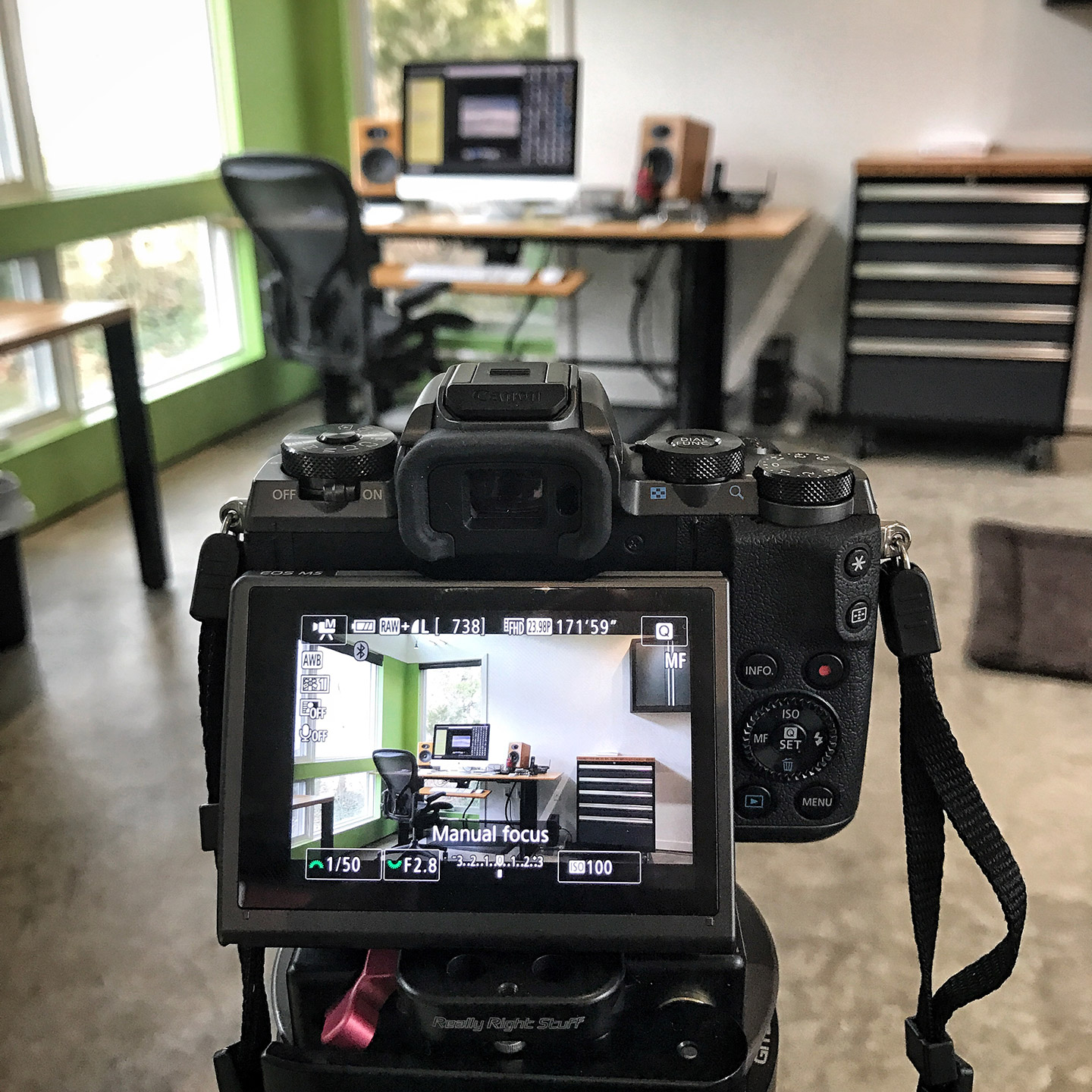
I envision the M5 living on a gimbal like a Pilotfly H2 during a shoot where I am already using my other bodies as A and B cameras. The M5 can be grabbed and with little effort some b-roll created. That b-roll will fit in my workflow seamlessly because the M5, the 1DX Mark II, and the C300 are all in the same Canon color family. Also, as mentioned, my Canon lenses can live happily on any of those bodies.
I have worked on projects as a cameraman and a DP where Sony a7 series bodies were used and to me that often becomes a bit of a kludge. More often than not an external recorder is needed and it, with its batteries, and the HDMI cable all become points of failure. I don’t say “potential points of failure” because I have seen them all fail. Similarly, my experience with third-party lens adapters like the Metabones has been mixed. Sometimes they play nice, sometimes not and firmware issues crop up.
I really like cameras and systems which do not need external recorders. I try to avoid third-party lens adapters. On my projects, which tend to be small footprint, limiting all of those factors helps in getting the equipment out of the way so that I can concentrate on the production.
I don’t see the Gh4 and or the future Gh5 as options for me. I’d rather stay with APS-C or larger sensors. Nothing that those cameras or even that the Sonys offer make it worth running multiple brands on my projects. I’d rather not have the color differences and rather like having the similar menu layouts which I get when staying within one brand. It should be noted, too, that with my setup I am getting consistency across each camera as to field of view. The APS-C of the M5, the 1.4x crop of the 1DX Mark II shooting 4K, and the Super35 of my C300s all match up nicely. It is not exact but they are all extremely close and much more so than adding a full-frame 35mm body or a micro four-thirds body to my kit.
IBIS would be a nice addition to the Canon M series line but not even IBIS is perfect. I suspect that it might make my personal work a little easier. The Game of Life has some clips which could have benefited from IBIS. But on client jobs a gimbal would be the only way to be sure of getting good enough and consistent enough image stabilization regardless of IBIS or the M5’s software based IS.
One thing I do admit to is being jealous of Zeiss’ E mount lens lines for the Sony cameras. It would be nice to see some of those in Canon’s EF-M mount. In the same vein, it would be nice to see Canon beef up the EF-M lens line up by adding more fast primes and optimizing them for video. I really like the EF-M 22mm f/2 STM but why it’s noisier and it focuses slower than the cheaper 15-45mm kit lens baffles me.
M5 Stills

I am very happy with the M5’s stills. There’s almost nothing to say which in itself says a lot. You are not getting close to or the equivalent of anything, you are getting Canon’s latest APS-C sensor and its newest processor, the Digic 7.
Compared to a point and shoot camera the M5 is incredible. Image quality is superb and low-light focus is great. One reason I sold my Canon G3 X was its poor low-light autofocus.

Compared to a pro level DSLR the M5 is more fiddly in terms of use. There are dedicated dials for aperture and shutter. There is also a quick dial which can bounce between ISO, white balance, and aperture. All great but in shrinking things down to the M5’s size the distances between those dials gets compressed. If you are used to working with a 5D or 1D series camera it feels less natural. You can control all of the M5’s settings via the camera’s touchscreen as well. That interface is so well implemented that odds are it will be your go to point when interacting with the camera.
One nice feature Canon has added with the M5 is that you can still use the touchscreen to control the area of focus even if you are using the camera’s EVF. In practice it’s quite effective.
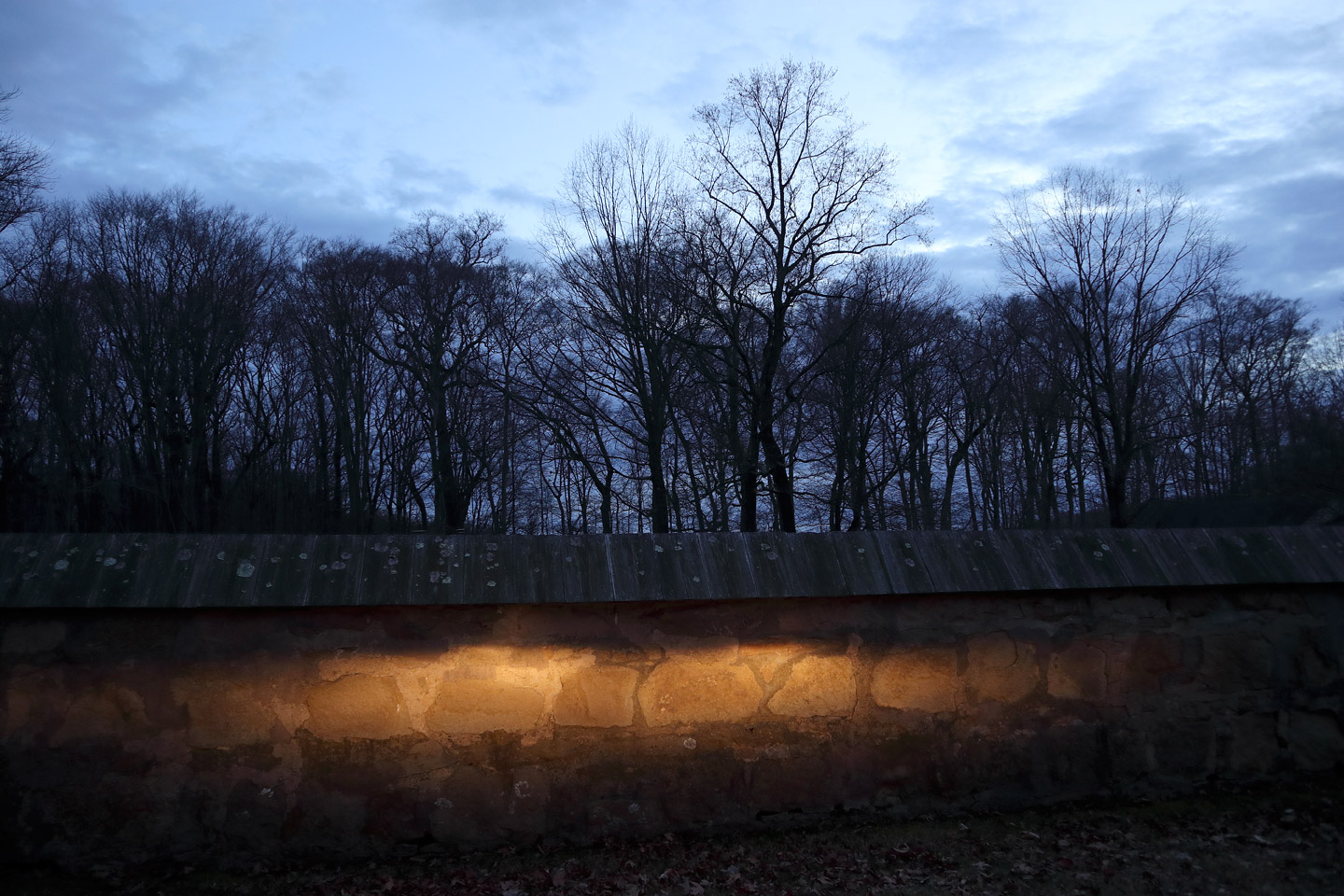
I wouldn’t use the M5 on a professional stills assignment. I prefer a bigger body, optical viewfinder, larger image buffer, and the ability to shoot tethered with Capture One. But as a personal use stills camera the M5 is just about perfect. It’s almost pocket-sized, it’s able to use the very small EF-M lenses or any other Canon lens I own, but most importantly it does not compromise on still image quality at all.

The EF-M 22mm f/2 STM lens is great for stills. It is fast and it matches the classic full-frame 35mm lens field of view for street photography. The 15-45mm f/3.5-6.3 IS STM kit lens is the equivalent of a 24-70mm lens. It is soft in the corners wide open and it needs to be closed down another stop or two to bring those corners in line. This is less of an issue with video where the 16:9 crop eliminates the outer corners. Zoomed to 45mm the f/6.3 maximum aperture can create issues focusing in low light, as would happen with any f/6.3 lens. If the EF-M lens line’s performance/price ratio doesn’t meet your needs you can always use the Canon adapter with an EF-S or EF lens.
In video mode the M5 gives me what I loved about the Canon G3 X, a tiny camera with a tilting screen which can fly under the radar of the general public. I wish it had the G3 X’s weather sealing but that’s not a deal breaker. The M5 adds so much more: dual-pixel autofocus, a versatile touchscreen, interchangeable lenses, DSLR level image quality, and most importantly great 1080P. The M5, as a video camera, will probably find use in my kit when the project calls for it. I look forward to taking the next step and trying it out on a small gimbal.
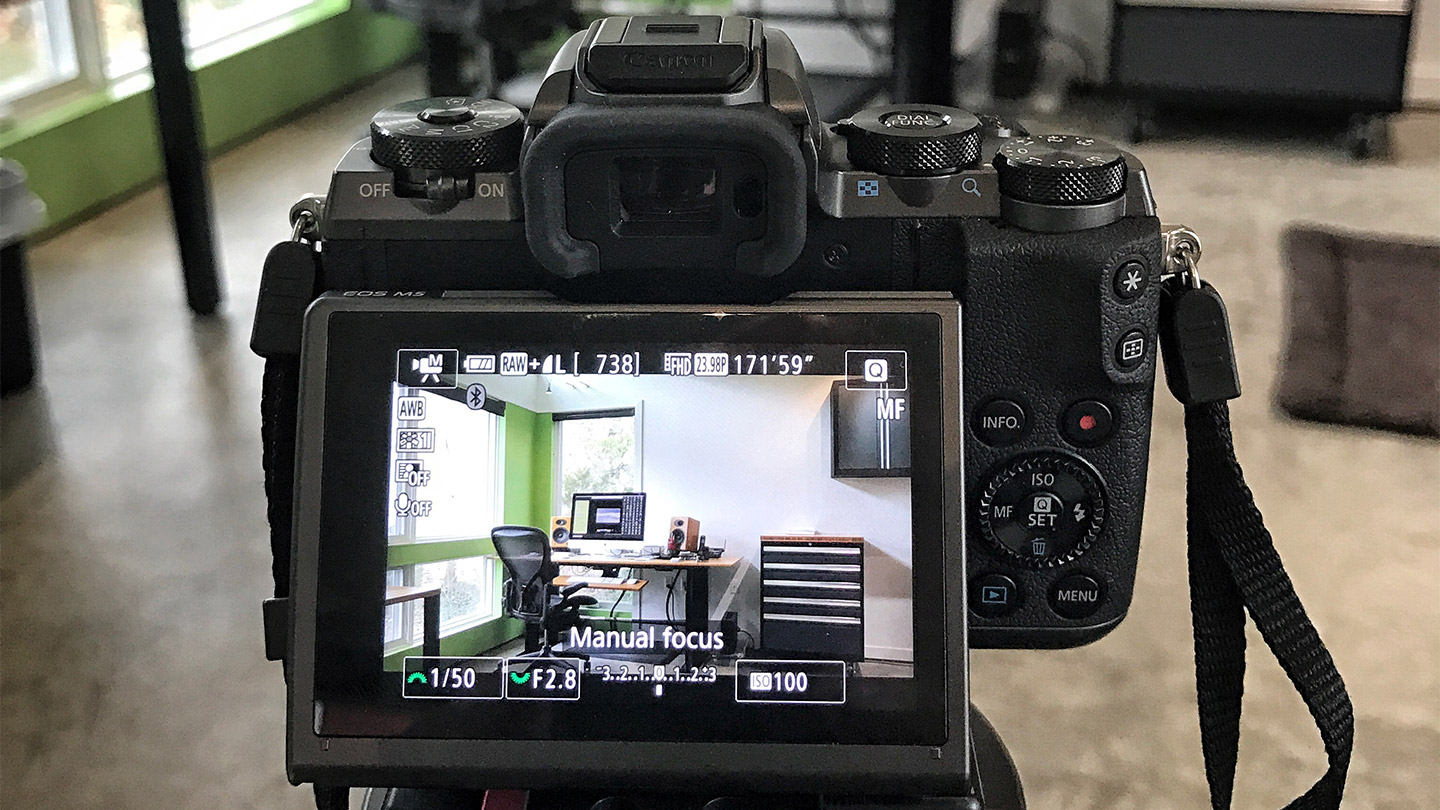
Thank you for your article.
I would like to ask what gimbal for M5 you have or would like to have?
I don’t currently have a gimbal. May look at the Pilotfly H2 which can be configured in a pistol grip style or as two-handed bar with the camera over or under slung. May also wait to see what NAB brings in terms of new products.
Hey Jon, sorry to be so roundabout. I refuse to use this Disqus nonsense on the other site http://www.newsshooter.com/2017/01/27/the-canon-eos-m5-reviewed-from-a-c300-user-perspective-by-jon-roemer/ but wanted to offer a correction to someone’s comment there. Miklos Nemeth stated “no MF Assist in the EVF,” which is not accurate. It also took me a while to find how to activate it in the EVF, but it is there. When using the EVF, press the lower of the two buttons in the upper right by your thumb, then turn the dial around the shutter button the go from no magnification, to 5x, to 10x, and back. Focus peaking can be mapped to any of a number of different buttons and also works in the EVF. The M5 does have some missing functionality, e.g. the auto ISO mode is not as full featured (no minimum shutter speed setting or speed adjustment to the auto shutter speed), but the one Miklos gave is not among the deficiencies of this camera.
Thanks for the comment and info. I’m with you on Disqus – I only just gave in to it.
I just added a comment/reply to the Newsshooter M5 article about the focus peaking and the EVF.
The M5 is not as full featured, as you say, on some fronts. There are also differences vs. other Canon DSLRs. Many of them have ALL-I & slightly higher data rates. The M5 does not have ALL-I. But that said spec’s are not everything.
The 1DXM2 has ALL-I but it’s 1080P is soft and mushy. You can shoot 4K on the 1DXM2 (it’s stunning) and put that in a 1080P timeline. It looks incredible. But if what you want is 1080P without the overhead of having to shoot 4K then the M5’s 1080P is better. The fact that the 1DXM2 has ALL-I doesn’t matter.